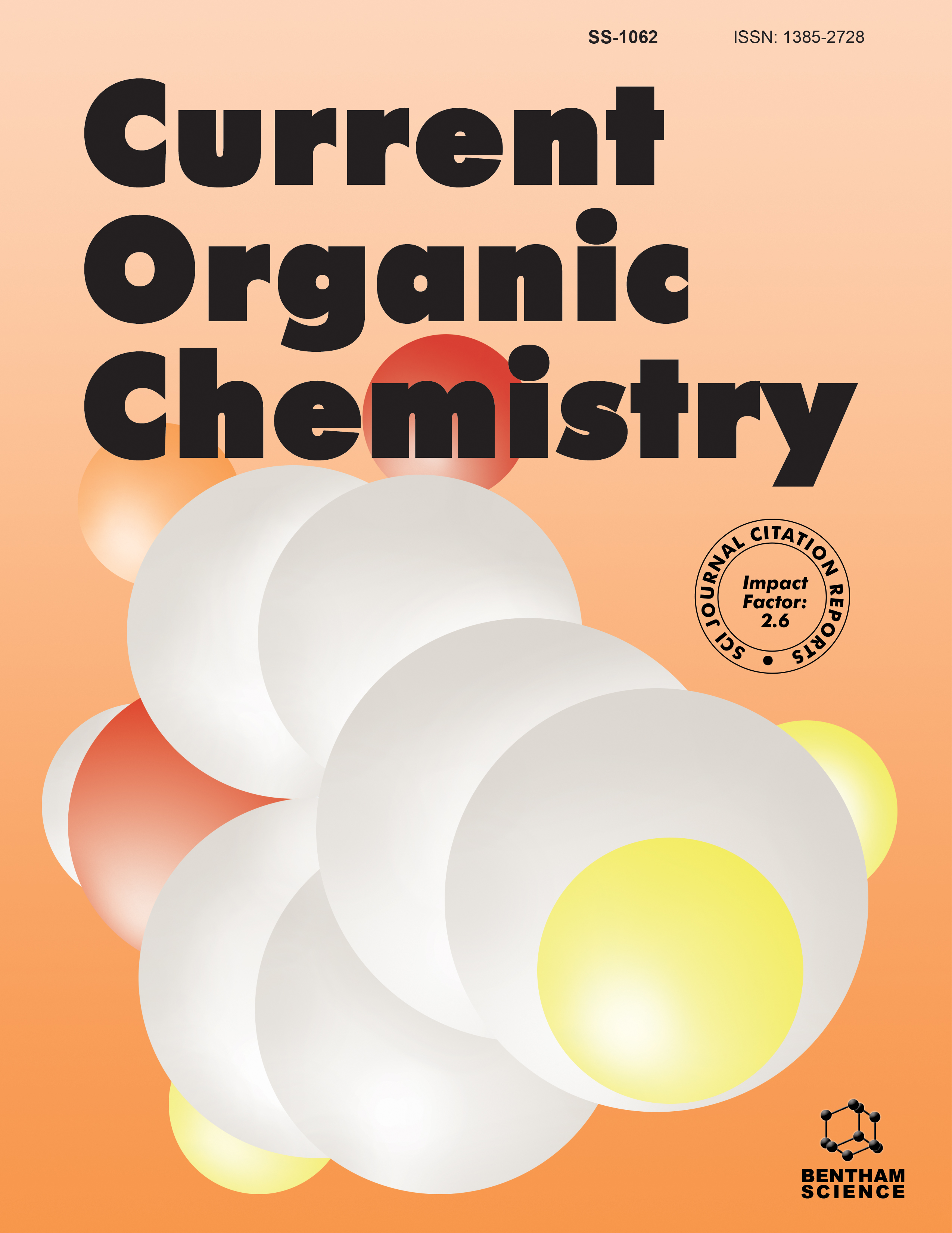- Home
- A-Z Publications
- Current Organic Chemistry
- Previous Issues
- Volume 10, Issue 4, 2006
Current Organic Chemistry - Volume 10, Issue 4, 2006
Volume 10, Issue 4, 2006
-
-
Thermodynamics and Kinetics of DNA-Protein Interactions from Single Molecule Force Spectroscopy Measurements
More LessAuthors: Mark C. Williams, Ioulia Rouzina and Richard L. KarpeWhen single DNA molecules are stretched, the measurement of the resulting force as a function of extension has yielded new information about the physical, chemical, and biological properties of these important molecules. It has been shown that double-stranded DNA molecules undergo a force-induced melting transition at high forces. Forceextension measurements of single DNA molecules using optical tweezers allow us t Read More
-
-
-
What is Hidden Behind Peptide Bond Restriction and α-Carbon Asymmetry of Conserved Antigens? Peptide Bond Isosters and Chirally Transformed Pseudopeptides as Novel Elements for Synthetic Vaccines and Therapeutic Agents Against Malaria
More LessAuthors: Jose M. Lozano, Luz M. Salazar, Zuly Rivera and Manuel E. PatarroyoIn spite of the controversy regarding sugar and amino acid mirror-image symmetry and nature, it has been demonstrated that an intrinsic preference for left-handedness or right-handedness would depend on weak energy responsible for stabilising L-amino acids. A weak neutral current interaction involves an enantiomeric energy difference for L-amino acids to have sufficient magnitude to break open, non-equilibrium, r Read More
-
-
-
Recent Uses of Iron (III) Chloride in Organic Synthesis
More LessAuthors: David D. Diaz, Pedro O. Miranda, Juan I. Padron and Víctor S. MartinIron (III) chloride is extensively used in organic synthesis as an ideal Lewis acid since it is an inexpensive, efficient, stable, environmentally friendly and a convenient agent for several useful reactions such as; polymerisations, oxidations, oxidative couplings, reductions, C C bond formation, Ferrier rearrangement, one-pot multicomponent condensations, Friedel-Crafts reactions, cyclisations, glycosidation, Prins-type cyclisatio Read More
-
-
-
Progress in Spectroscopic Probes with Cleavable Active Bonds
More LessAuthors: Xinqi Chen, Ming Sun and Huimin MaSpectroscopic probes may be defined as the molecules that can react with analytes (targets) accompanying the changes of their spectroscopic (chromogenic, fluorescent, or chemiluminescent) properties; based on such changes the targets can thus be determined. Spectroscopic probes have been extensively investigated and used widely in many fields because of their powerful ability to improve analytical sensitivity and t Read More
-
-
-
Development and Applications of Fluorescent Oligonucleotides
More LessBy U. AsselineFluorescent oligonucleotides (FONs) are used in a wide variety of areas such as molecular and mechanistics biological studies, molecular diagnostics, therapeutic development, biotechnology and nanotechnology. Ever since the post-genome era, there has been an ever-increasing demand for more rapid and accurate nucleic acid detection and quantification methods. Genetic information analyses require highly sen Read More
-
Volumes & issues
-
Volume 29 (2025)
-
Volume 28 (2024)
-
Volume 27 (2023)
-
Volume 26 (2022)
-
Volume 25 (2021)
-
Volume 24 (2020)
-
Volume 23 (2019)
-
Volume 22 (2018)
-
Volume 21 (2017)
-
Volume 20 (2016)
-
Volume 19 (2015)
-
Volume 18 (2014)
-
Volume 17 (2013)
-
Volume 16 (2012)
-
Volume 15 (2011)
-
Volume 14 (2010)
-
Volume 13 (2009)
-
Volume 12 (2008)
-
Volume 11 (2007)
-
Volume 10 (2006)
-
Volume 9 (2005)
-
Volume 8 (2004)
-
Volume 7 (2003)
-
Volume 6 (2002)
-
Volume 5 (2001)
-
Volume 4 (2000)
Most Read This Month
Article
content/journals/coc
Journal
10
5
false
en


